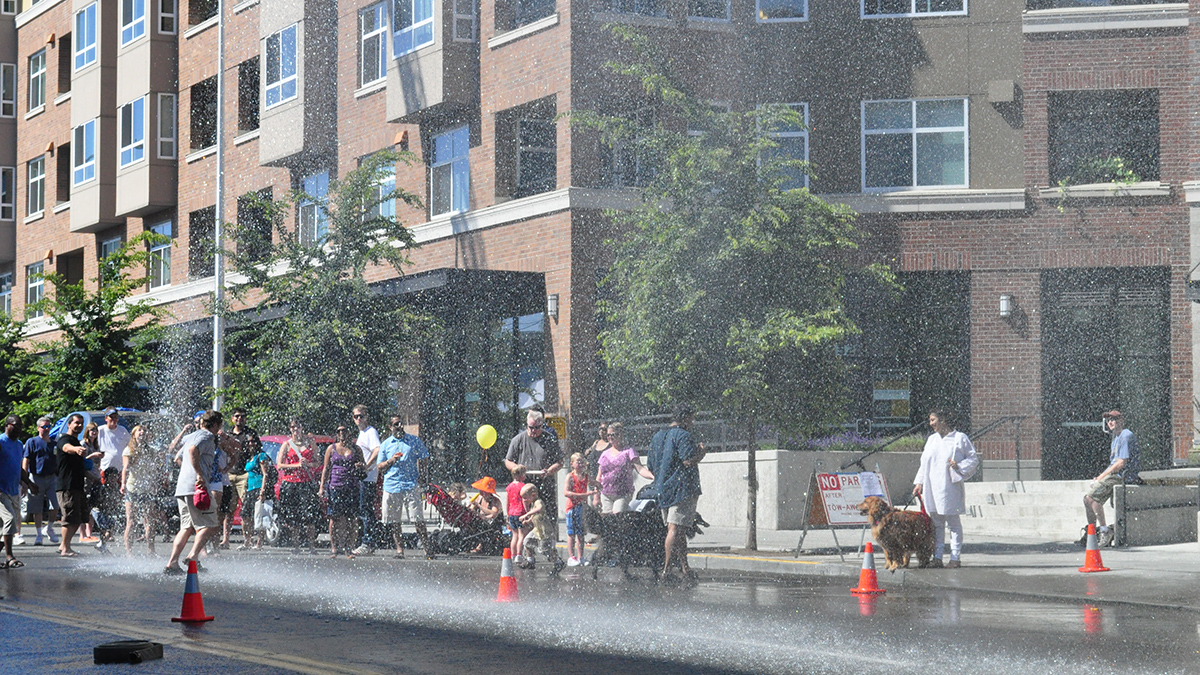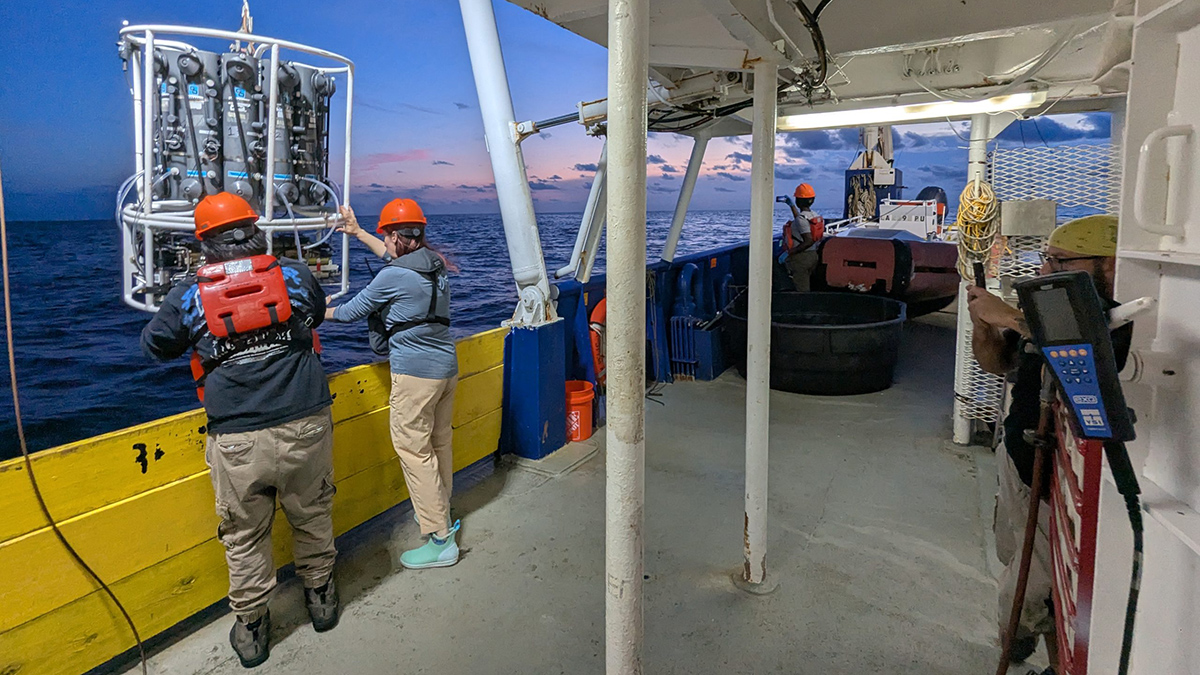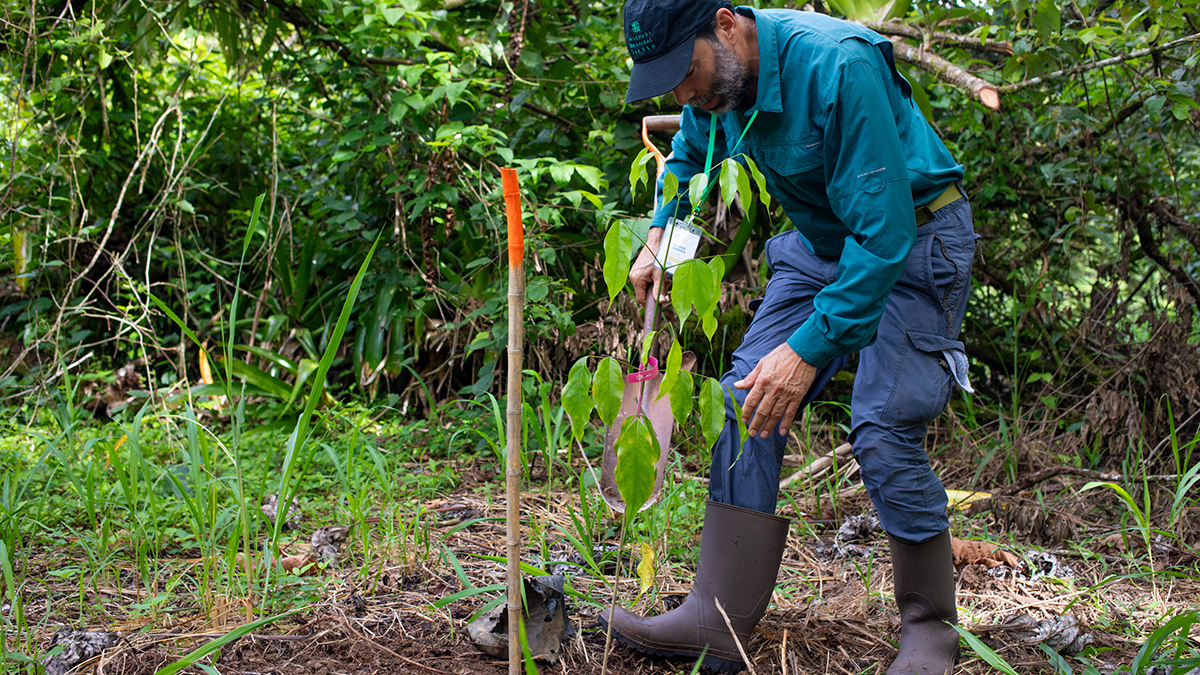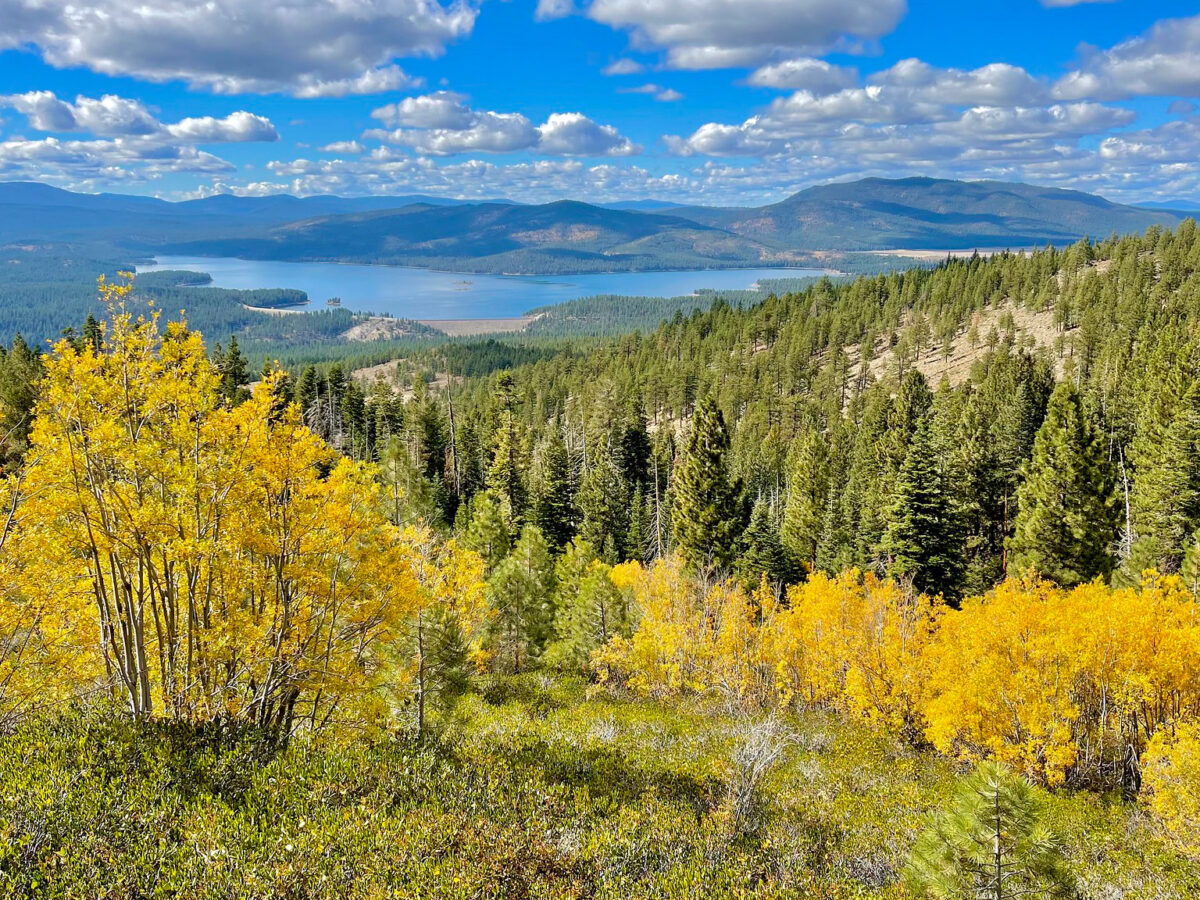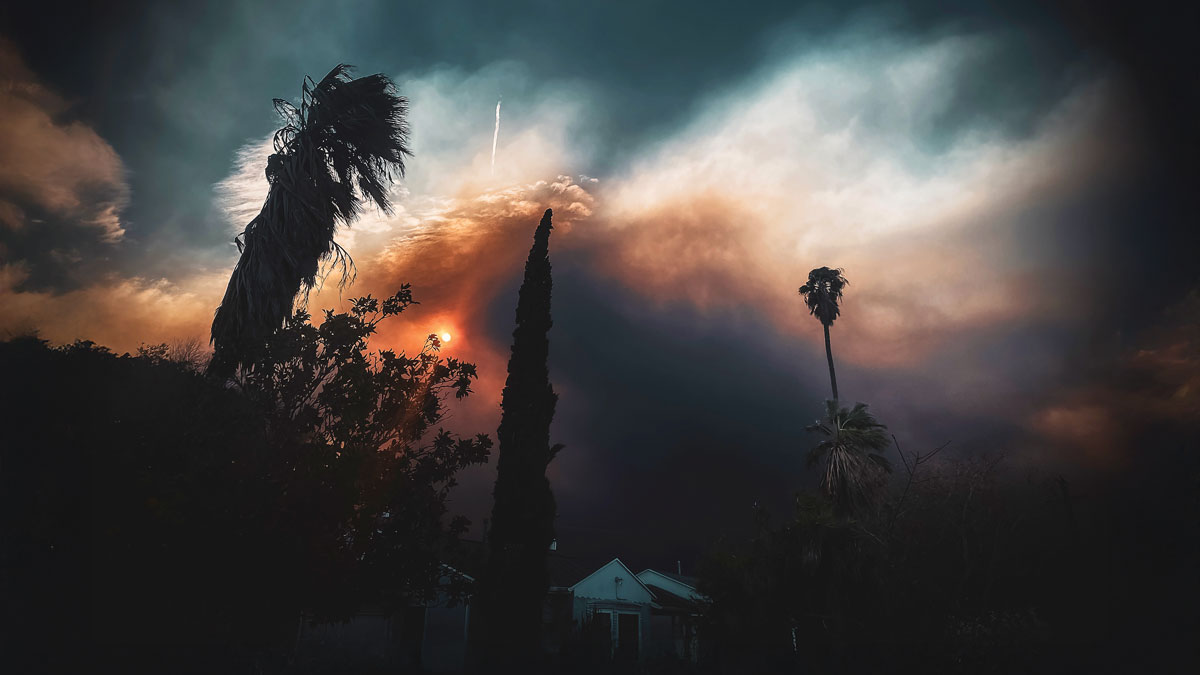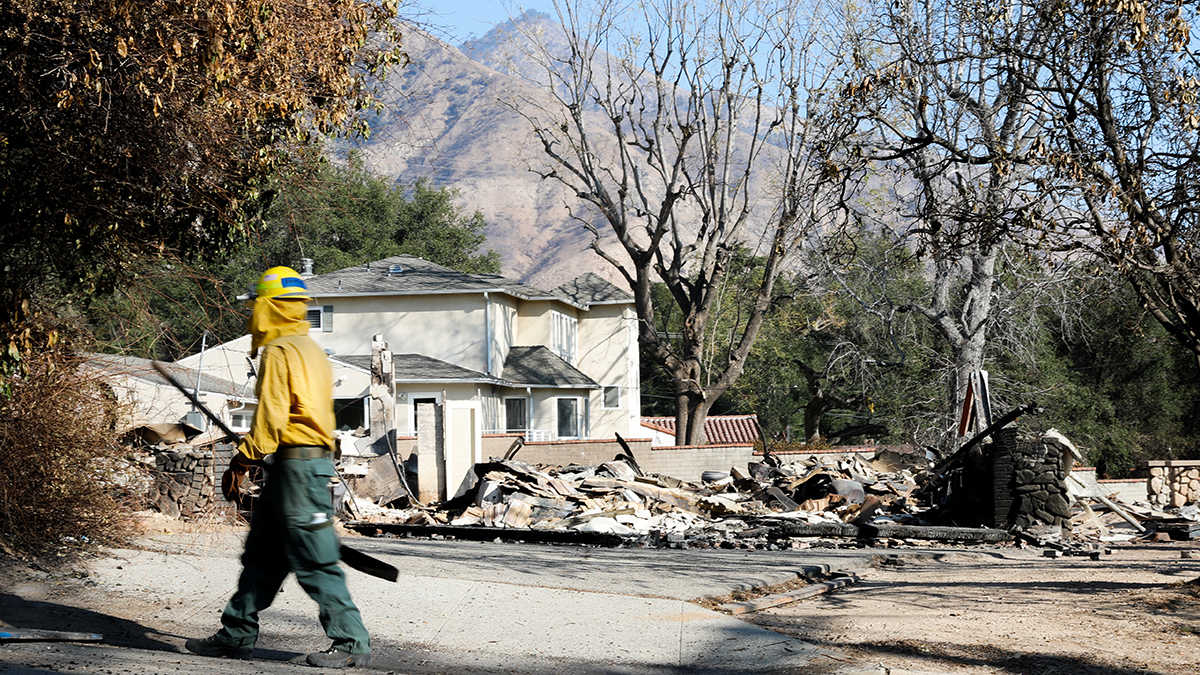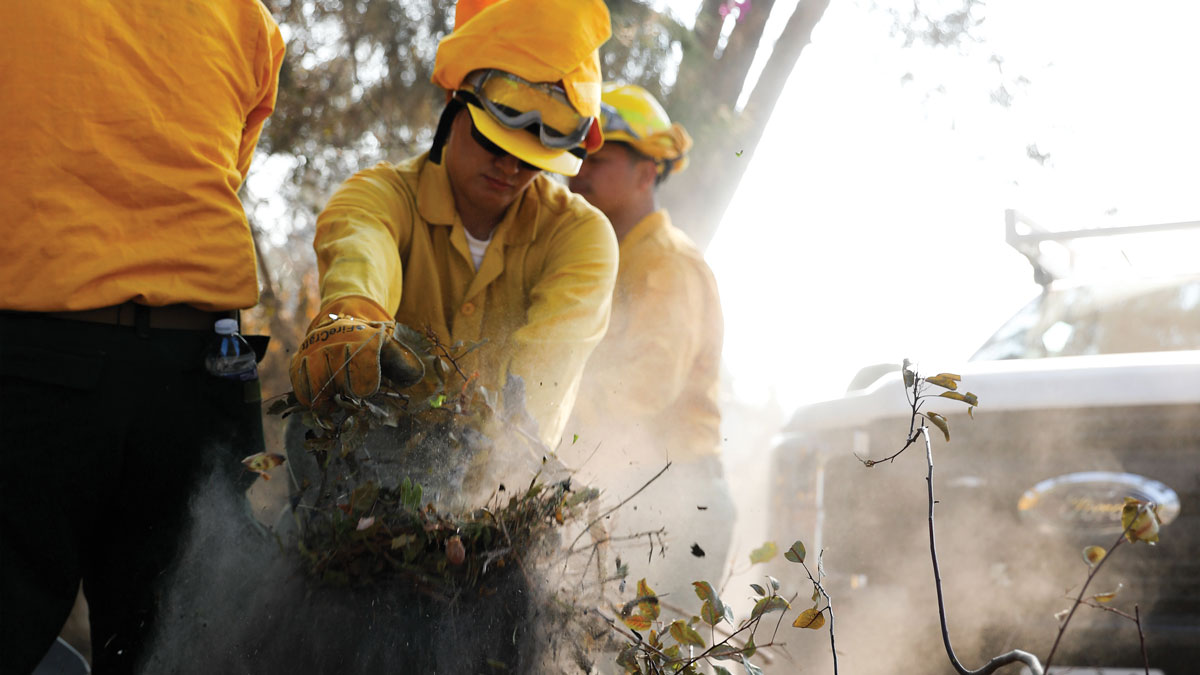Data from personal weather stations power a novel way to detect urban heat islands.
Health & Ecosystems
Heat Spurs Unequal Consumption of Sweet Treats
A new analysis shows warmer weather may drive more added sugar consumption, particularly among already-vulnerable groups.
Protein-Powered Biosensors with a Nose for Environmental Ills
Odorant-binding proteins derived from pigs, bovines, and other animals are the next frontier in localized, climate-smart sensing of pesticide spills, greenhouse gas precursors, and more.
Cruise to Measure Gulf Dead Zone Faces Stormy Funding Future
Funding cuts are affecting The Pelican’s annual hypoxia cruise to investigate the environmental conditions off the coast of Louisiana.
Primera evaluación a nivel de especies revela riesgo de extinción en Mesoamérica
El 46% de las especies arbóreas de Mesoamérica se encuentran en peligro de extinción. Investigadores esperan que un nuevo estudio regional provea información acerca de estrategias de conservación específicas.
USDA Moves to Rescind Roadless Rule Protecting 45 Million Acres of Wild Area
The U.S. Department of Agriculture (USDA) is proposing rescinding the 2001 Roadless Area Conservation Rule, which protects about 45 million acres (182,000 square kilometers) of National Forest System lands from road construction, reconstruction, and timber harvests.
Fallout from the Fires
In January 2025, wildfires devastated Los Angeles neighborhoods and wildland alike. Scientists are contending with their lasting effects on air, land, and water.
When Disaster Science Strikes Close to Home
How have scientists across Los Angeles used their skills to help their communities recover from the 2025 fires?
Where There’s Fire, There’s Smoke
Using both existing and newly launched monitoring instruments, researchers work to better understand air quality during and after the Los Angeles wildfires.
Burning Urban and Wild Land Alike
When more densely populated Altadena and Pacific Palisades burned along with surrounding wildlands, hazards for residents didn’t stop when the fires were contained.

